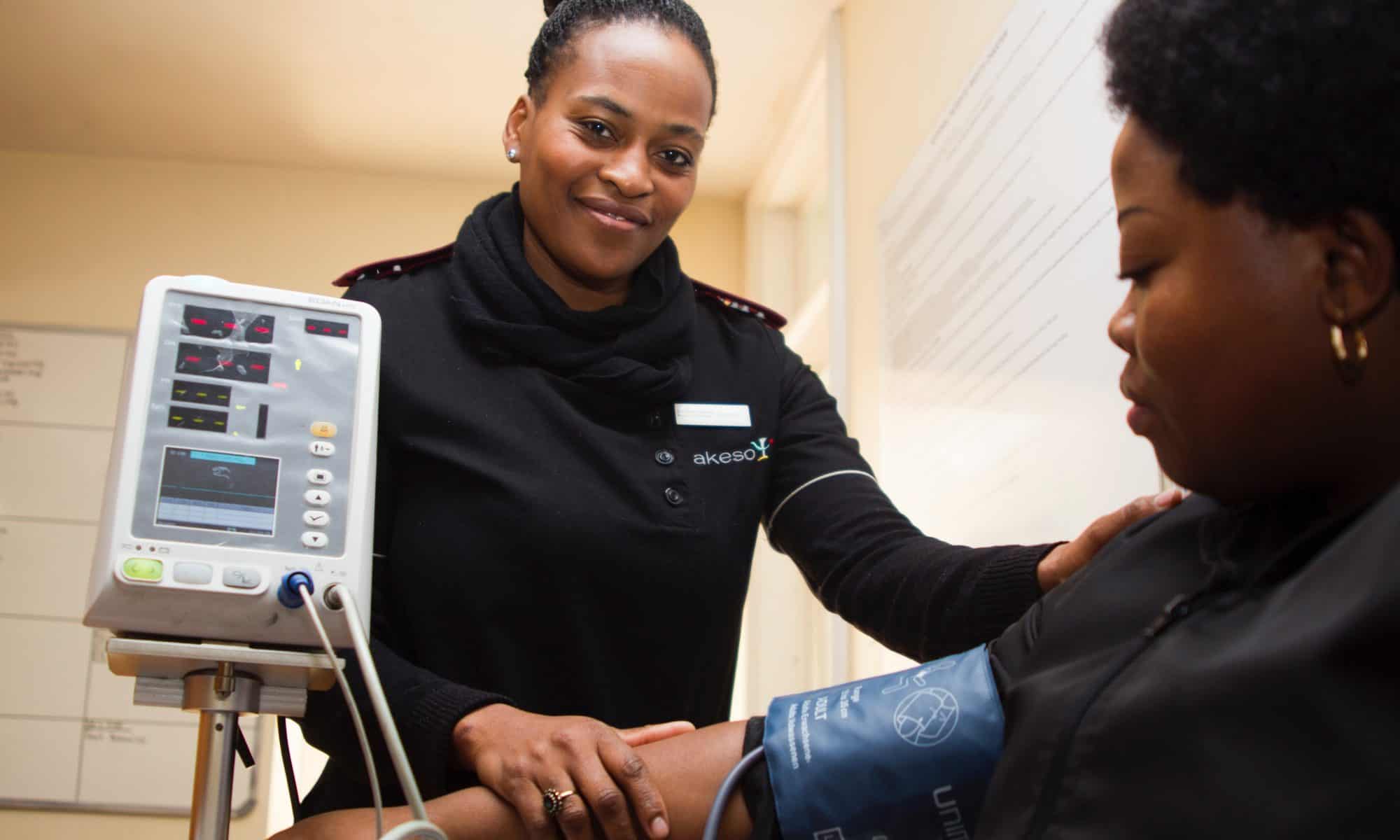By the Professional Management Team of the Model Programme.
Under the Swiss-Hungarian Cooperation Programme, the Public Health focused ‘Model Programme for Primary Care Development’ was launched in July 2012 and will continue to be developed until February 2017. Its overall objective is to expand the preventive services of primary care though the establishment of the ‘General Practitioner (GP) clusters’, the operation of which facilitates the eradication of inequalities in access and the improvement of the health status of the population in the long term.
The Model Programme for Primary Care Development is being implemented in four disadvantaged micro-regions in North East Hungary: Berettyóújfalu, Borsodnádasd, Heves, and Jászapáti. The project aims to organise the healthcare of 30,000 adults and 10,000 children, and devotes special attention solving the problems typical of the disadvantaged population, in particular, Roma communities.
Under the Programme, a total of 24 GP districts of 16 settlements form four GP clusters in order to use human resources more efficiently and to optimize service organisation. GP clusters are built on cooperation between general and paediatric practices, supplemented by the work of other healthcare professionals – dieticians, physiotherapists, health psychologists, public health professionals, and GP cluster nurses. The Programme also integrates the work of the district and school health visitors into the clusters and builds a closer connection with the school doctors in the region.

Contact with individuals in more closed settlements, who are more difficult to engage, is ensured by assistant health mediators. These are the representatives of the local communities who participated in National Training Registry-level education and who were selected from the micro-regions’ inhabitants with the cooperation of GPs and minority self-governments. Being community-oriented, the project involves also the residents – particularly the Roma population. To this end the close cooperation of municipalities, minority self-governments, healthcare and social services, and medical faculties is maintained.
By now, the thorough health status assessment of 24,000 adults and 8,000 children has been carried out, followed by risk assessment and focused care management. The applied health status assessment methodology is to be introduced nationally in 2017 for each GP. Lifestyle change and preventive interventions are offered individually or in groups to an average of 1,000 patients monthly. Through a variety of health promotion activities in community settings, more than 90,000 people have already got to know the model programme and its goals. These activities are supported in different ways by our 103 stakeholder partners who signed a memorandum of understanding titled ’Coalition for health!’. A huge database is available for analysis, and a systematic monitoring and evaluation system is in place which can be used for health policy and economic planning.
In addition to the raw numbers, with the co-operation of GPs and health professionals, an improved care structure emerged in primary care, where prevention and health promotion has reached a higher level of importance than ever before. Health consciousness has significantly risen amongst the involved population which can have long-lasting effects in the future need of health services in the region.
Based on these promising results, it is planned that the GP cluster will be further piloted, and complemented with innovative performance based financing system.
For more information contact [email protected].
